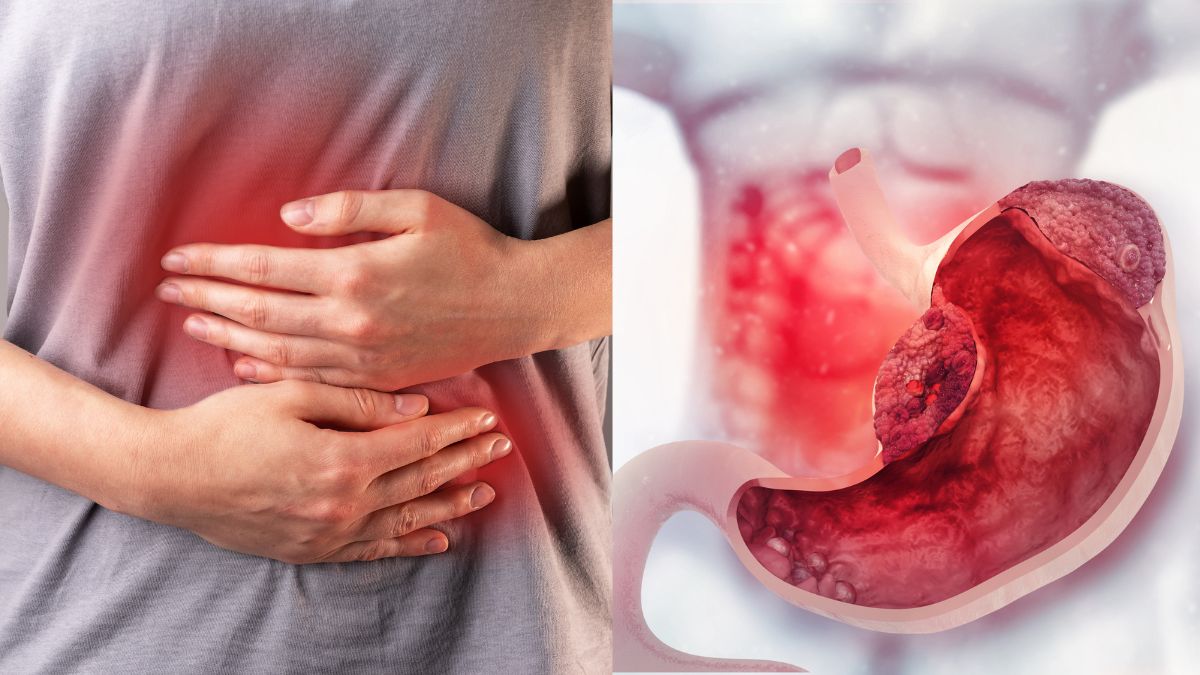At the age of sixty-two, country music musician Toby Keith passed away on Monday night, more than two years after being diagnosed with stomach cancer. In June 2022, Keith disclosed on X that he had undergone surgery, radiation, and chemotherapy after receiving his diagnosis in the autumn of 2021. Then, in June of last year, he told The Oklahoman newspaper in Oklahoma City that he was still getting chemotherapy and that his tumor had shrunk by one-third.
He said that he had received immunotherapy, a drug that boosts the body’s defenses against cancer cells. Since his passing, medical professionals have urged people to be aware of the warning indications of stomach cancer, which include nausea, ulcers, heartburn, acid reflux, anemia, discomfort after eating, abrupt weight loss, and feeling full after consuming tiny amounts of food.

Delayed Diagnosis Risks
“A lot of these things are relatively innocuous. But of course with cancer, that’s how it gets you,” said Dr. Fabian Johnston, the division chief of gastrointestinal oncology at Johns Hopkins Medicine. Johnston claims that patients’ and doctors’ propensity to downplay symptoms such as acid reflux reflux might lead to delays in diagnosis. He said that many have serious illnesses by the time symptoms appear. With an average age of 68, males are slightly more likely than women to receive a diagnosis. While stomach cancer still accounts for only 1.5% of all new cancer diagnoses in the US annually, the American Cancer Society anticipates that this year will see over 27,000 new instances of the condition.

Changing Trends in Stomach Cancer Causes
Dr. Ben Schlechter, a gastrointestinal medical oncologist at the Dana-Farber Cancer Institute in Boston, suggests that a contemporary combination of dietary and environmental factors may be contributing to the rising incidence of cancer among young individuals. According to Schlechter, although tobacco and alcohol were historically major causes of stomach cancer, they are now linked to a small percentage of instances in the United States, maybe as a result of reduced smoking rates.
Recognizing Ambiguous Symptoms of Stomach Cancer
The initial indications of stomach cancer are often ambiguous, encompassing symptoms such as heartburn, indigestion, altered appetite, nausea, and vomiting. Patients typically encounter vague discomfort above the naval. Feeling full in the upper abdomen after minimal food intake, unintentional weight loss, and anemia characterized by low hemoglobin levels.
Importance of Early Detection and Screening
If you have any concerns, don’t hesitate to get in touch with your doctor. When a person is having symptoms or is at risk for stomach cancer, there are screening tests available. Physical examinations and comprehensive medical histories are part of the diagnostic process for stomach cancer. Upper gastrointestinal endoscopy under sedation to observe the stomach, small intestine, and esophagus. A tiny camera on the end of a small, flexible tube is placed into your mouth to allow the doctor to look within your stomach. biopsy samples from the stomach for microscopic inspection and CT scans to see organs during X-rays.
Treatment for stomach cancer can begin at the same time as the diagnosis thanks to endoscopic ultrasound, which allows doctors to see within organs and blood vessels. Using PET (positron emission tomography), cancer cells are visualized. Because cancer cells use more sugar than healthy cells, a radioactive sugar tracer is utilized, which lights the cancer cells.

The early warning signals of stomach cancer are nonspecific and easy to miss. Individuals who are aware of this can seek timely medical attention more easily. Early detection and action have the highest chance of leading to successful therapy and improved outcomes. By raising awareness of these often disregarded symptoms, we might be able to expose stomach cancer as a silent threat and support early identification and treatment that can save lives.



